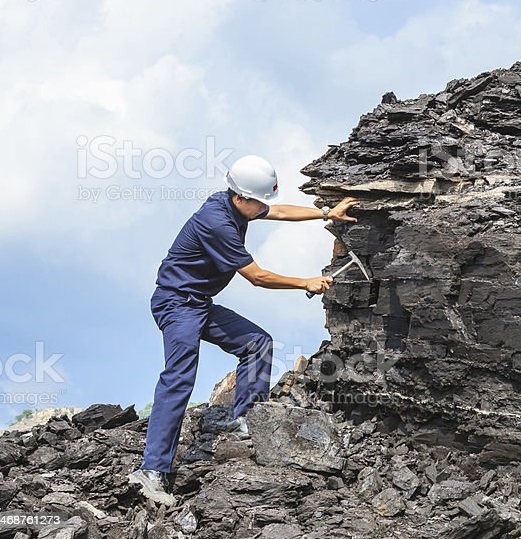Geological Hammers – Guide and Care to ensure the long-lasting life of your favourite rock pick and hammer. Care details and useful pointers.Informing you how to clean your hammer after use, storage tips and necessary safety precautions.
A geological hammer, (also known as a rock pick or rock hammer), main function is the breaking down of rock and aggregate. Either by complete cracking and pulverisation. Or by chipping, chiseling, splitting or prying.
Because of this, hammers with various heads are available, each with their own benefits and drawback. But this will depend mainly on your requirements.
As the hammers main function is breaking rock. You should always ensure that you choose one with a head of solid, tempered steel. General household claw hammers will not be up to the task and worse, can shatter. Especially with use against hard rocks such as granite.


There are a number of geological hammers available. Each have varying designs of construction, from the head, to the shaft to the handle and so on.
The most common, and sought after variations are available in a single piece of forged steel. This type of construction ensures a solid single strike tool, with no joints. Thus no potential weaknesses.
To the left, an Estwing geologists hammer, note the one piece design.


Hammers of all sorts, have various handle designs. These stem from both, tradition and user friendliness along with advancements in materials.
Traditionally, hammers often featured a wooden handle. The head would affix to this at the top and be secured by splints, wedges or in modern times, epoxy resin.
High end strike tools tend to be produced from a single piece of steel. The handle section thus is covered, traditionally in leather binding. But more recently, shock reduction vinyl.
The handles are also often shaped for ergonomics and textured. For user comfort and better grip.